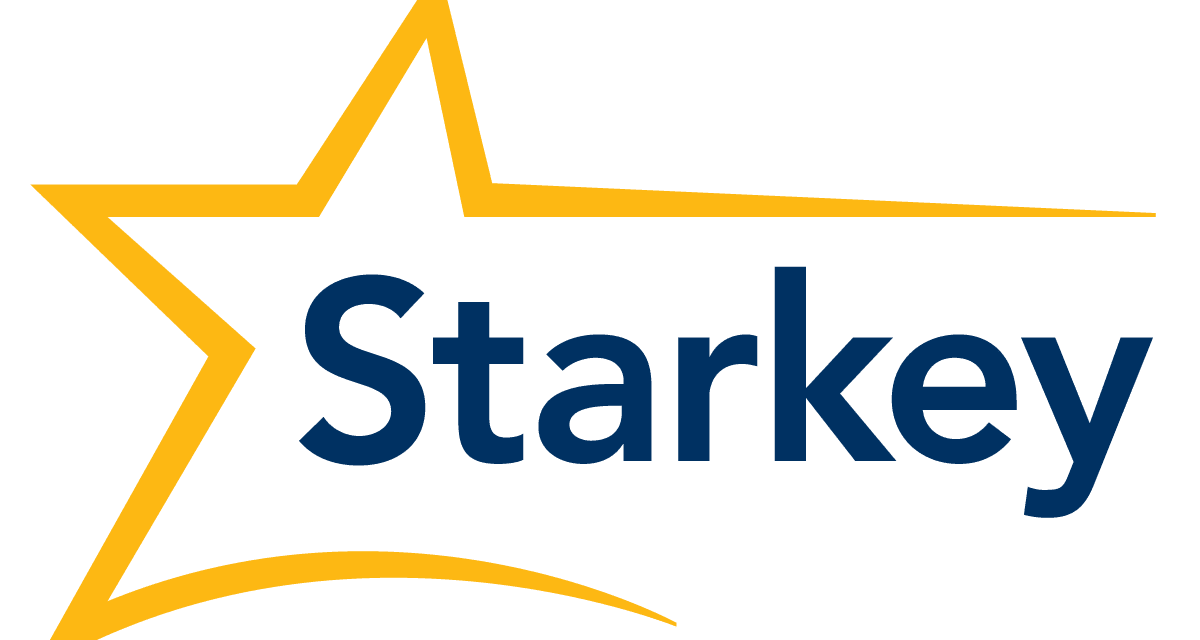On July 9, 2021, President Biden unveiled an executive order unveiling 72 initiatives that included, among other things, plans to allow hearing aids to be sold over the counter at pharmacies. The OTC Hearing Aid Law, which was passed in 2017 by the Trump administration, currently awaits the FDA’s issuance of regulations related to the law, which were delayed by the pandemic. It is believed that the proposed OTC regulations for comment will be issued in the next few months, as The Office of Management and Budget (OMB) recently published its Spring 2021 Unified Agenda including OTC hearing aids on the list of items for the agency to address in 2021. It also currently lists “Medical Devices; Ear, Nose and Throat Devices; Establishing Over-the-Counter Hearing Aids and Aligning Other Regulations” as being in the “Proposed Rule Stage.”
The below letter from Starkey CEO Brandon Sawalich to President Biden regarding the upcoming FDA rules, appears with permission.
July 20, 2021
President Joseph R. Biden
The White House
1600 Pennsylvania Avenue, NW
Washington DC,20500
Dear President Biden,
With the passage of The Over-the-Counter Hearing Aid Act in 2017 and the FDA missing their statutory deadline to promulgate proposed OTC rules by August of 2020, a vacuum of confusion has been created and many companies have been selling hearing devices “over the-counter” even before they are legally permitted to do so. Since the beginning of 2021, more than 15 state Attorneys General – both Democrats and Republicans – have warned consumers about “companies misleading them about OTC hearing aids.” In fact, individuals with hearing loss can cause greater damage to their hearing by purchasing devices that claim to be “OTC hearing aids,” but are simply low-quality, unregulated consumer electronic amplification devices.
That is why, as President and CEO of Starkey, the largest American-owned hearing aid manufacturer, I am writing in support of your efforts to require the Department of Health and Human Services to publish for notice and comment a proposed rule on over-the counter hearing aids. Not until the FDA finalizes these rules will consumers clearly understand the difference between professionally fit custom hearing aids and OTC hearing aids.
The FDA has meticulously followed a process of open dialogue with every stakeholder: manufacturers, hearing professionals, industry groups, and, most importantly, patients and their families. The FDA is required to spell out technological and labeling requirements to ensure OTC products are safe, effective, and are only sold to patients with mild- to-moderate hearing loss. Starkey and the hearing industry will continue to work with the FDA to ensure all stakeholders are heard, their questions answered, and their concerns accounted for.
Even after the FDA finalizes a new category of OTC hearing aids, it has and will continue to be Starkey’s belief that individuals with hearing loss are best served by FDA-regulated hearing aids that are fit and adjusted by licensed and trained hearing health professionals. Like a fingerprint, each ear is unique to the individual. Each person’s hearing loss requires the convergence of art and science to ensure proper use and to ultimately help them live a healthier life.
Our industry consists of more than 20 hearing aid manufacturers who have made tremendous technological advancements in the last 10 years. Hearing aids can now reconnect you back to life with superior sound, feedback cancellation, language translation, audio streaming, alert a loved one or caregiver of a fall, and can even measure your social engagement and physical activity.
All of the above goes into the pricing consideration and, while we do not dispute this is a considerable purchase for many, recent insinuations that the only reason individuals don’t get hearing help is due to cost is simply inaccurate. Manufacturers sell hearing aids to hearing health professionals, who then professionally fit the patient who has hearing loss. On average, an entry-level hearing aid fit by a hearing health professional is around $900 and an advanced hearing aid averages $1,600. This bundled cost, paid to the hearing health professional, can include clinical evaluations, ear impressions, hearing aid fitting, three-year care and warranty plans, follow-up consultations and adjustments, and ear and hearing aid cleanings. Cost can play a factor in utilization but research shows that many other factors impact individual utilization of hearing aids, including but not limited to: individuals believing they can hear well enough, too embarrassing to wear, they do not know where to get tested and fit, and too young to have hearing aids. In addition, 30 states provide Medicaid coverage of hearing aids and another 23 states require insurance to cover some portion of hearing aid costs. We continue to encourage all those who want hearing help to seek access.
I look forward to working with your administration, members of Congress, and the entire hearing industry to find solutions that ensure those with hearing loss get the proper help they need.
Sincerely,
Brandon Sawalich
President and CEO, Starkey
CC: Members of the United States Senate
Members of the United States House of Representatives
Ronald Klain, White House Chief of Staff
Brian Deese, Director of the National Economic Council






thank you for writing your letter to the president.
Thank you Brandon for your continued leadership in Hearing Healthcare.